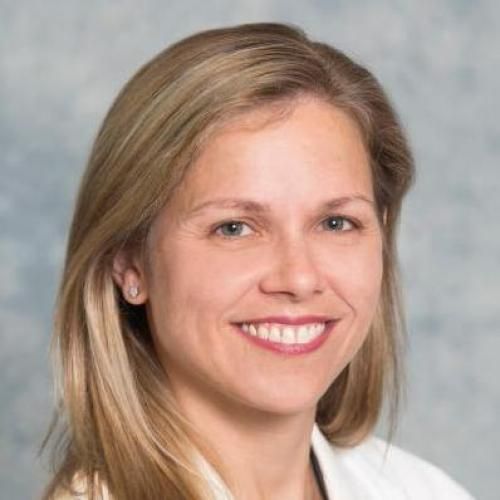
Risk Factors for Delayed Referral to a Craniofacial Specialist for Treatment of Craniosynostosis.
OBJECTIVE: To assess the impact of age at referral on treatment options in craniosynostosis and to identify risk factors for referral delays in this population. STUDY DESIGN: A retrospective cohort study was performed on patients with an abnormal head shape diagnosis treated at a single academic medical center between January 1, 2004 and January 1, 2014. Newly diagnosed patients with craniosynostosis were identified and referral patterns were examined. A multivariate logistic regression model was used to identify risk factors associated with the range of ages at initial referral. RESULTS: A total of 477 patients were evaluated at our institution, 197 of whom were subsequently diagnosed with craniosynostosis. The median age at initial appointment was 5.6 months (mean 8.2 months). Only 28% of children were referred within 3 months of birth. Patients referred within 3 months of birth were less likely to have had preappointment imaging than those patients referred slightly later (OR 2.53, CI 1.07-5.98, P = .035). Several variables were associated with referral after 12 months of age including multiple suture involvement (OR 4.21, CI 1.06-16.68, P = .041), minority race (OR 4.96, CI 1.91-12.9, P ≤ .0001), and referral by a nonpediatrician (OR 6.9, CI 1.73-27.49, P = .006). CONCLUSIONS: Obtaining imaging before referral to a specialist for abnormal head shape was associated with a delay in evaluation and potentially increases radiation exposure and limits treatment options in patients with craniosynostosis. In addition, children from minority groups, children referred from someone other than a pediatrician's office, and those with multiple suture craniosynostosis are at increased risk of delayed referral. Further studies into the cause of these delays are warranted.
Duke Scholars
Altmetric Attention Stats
Dimensions Citation Stats
Published In
DOI
EISSN
Publication Date
Volume
Start / End Page
Location
Related Subject Headings
- Time-to-Treatment
- Specialties, Surgical
- Risk Factors
- Retrospective Studies
- Referral and Consultation
- Pediatrics
- Male
- Logistic Models
- Infant
- Humans
Citation

Published In
DOI
EISSN
Publication Date
Volume
Start / End Page
Location
Related Subject Headings
- Time-to-Treatment
- Specialties, Surgical
- Risk Factors
- Retrospective Studies
- Referral and Consultation
- Pediatrics
- Male
- Logistic Models
- Infant
- Humans



